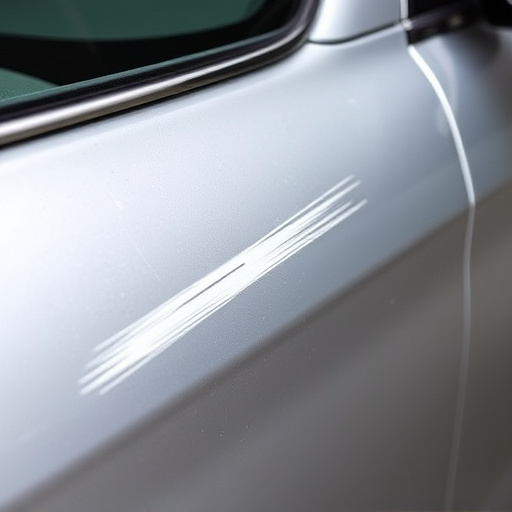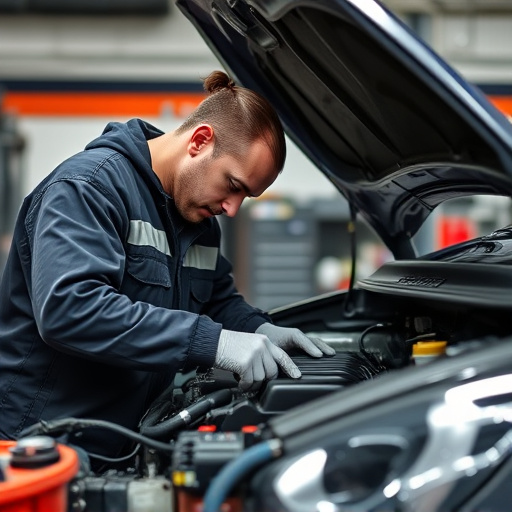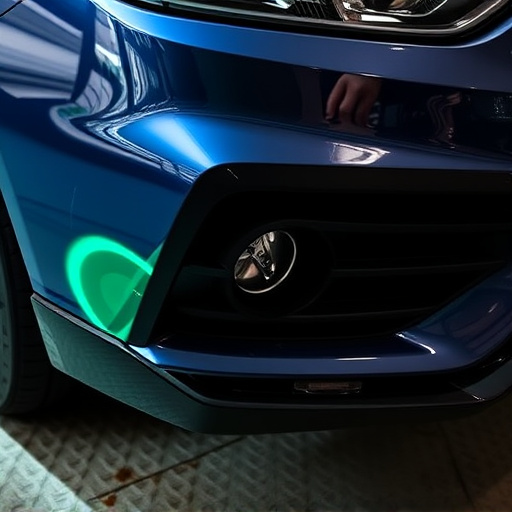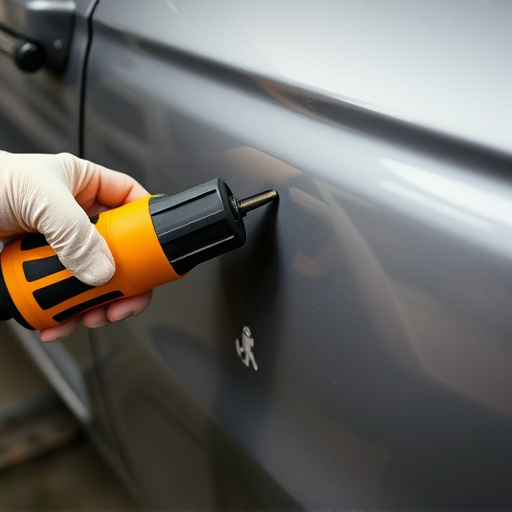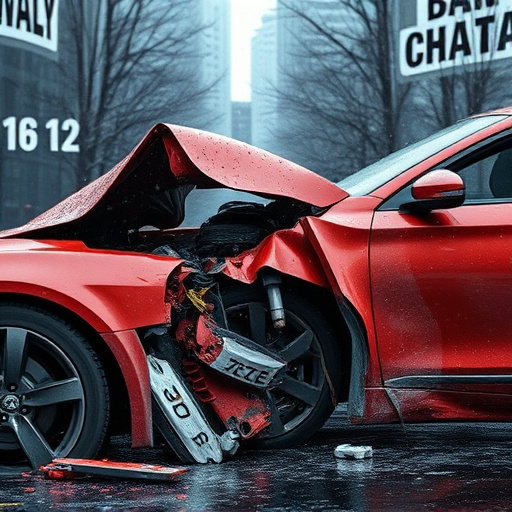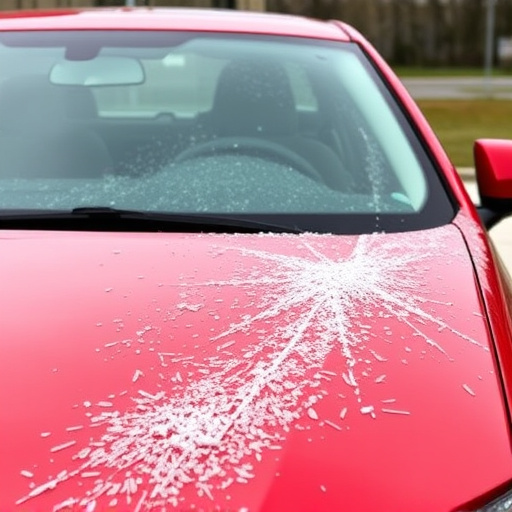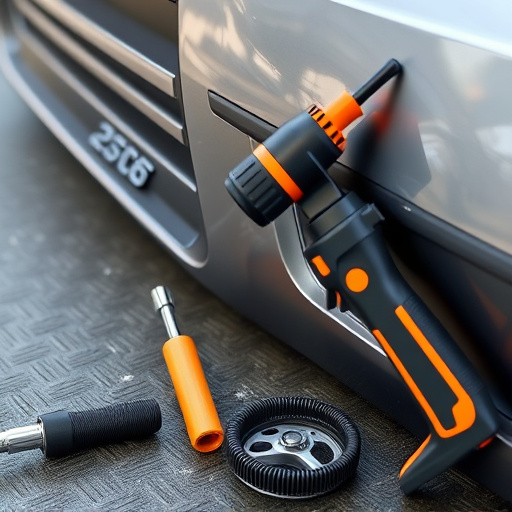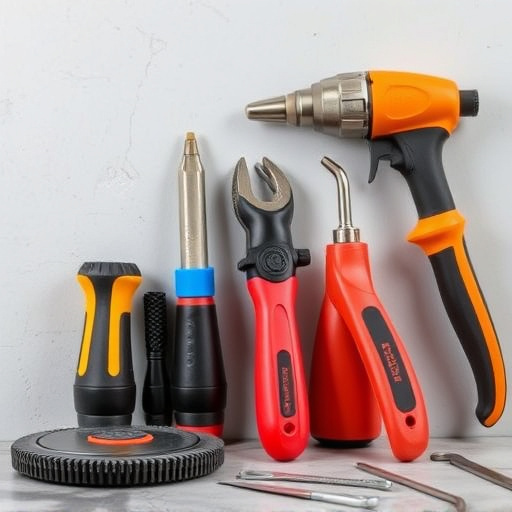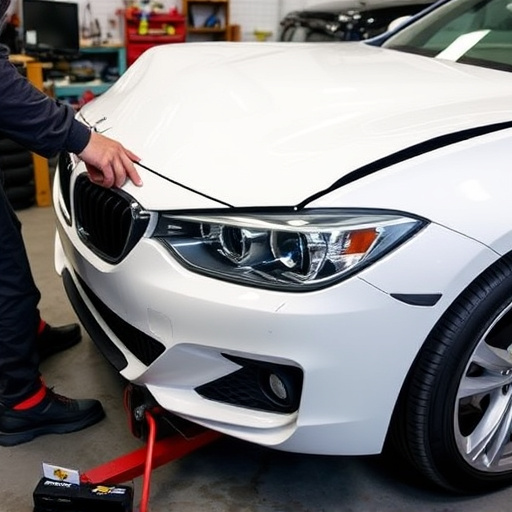Tesla prioritizes exceptional repair quality control globally, upholding industry standards with rigorous processes including trained technicians, advanced software, and thorough tracking against factory specs. This ensures customer satisfaction, car safety, and structural integrity. However, maintaining consistent quality across rapidly expanding global service centers poses challenges that Tesla addresses through AR training, digital manuals, comprehensive technician training, and rigorous quality assurance checks.
Tesla, a pioneer in electric vehicle (EV) technology, has revolutionized the auto industry. However, understanding how its repair quality control processes impact car safety is crucial. This article delves into Tesla’s unique QC methods, exploring their effects on vehicle integrity and passenger protection. We analyze potential risks and benefits, from accelerated wear to enhanced reliability. Lastly, we discuss challenges and future prospects, aiming to provide a comprehensive overview of Tesla repair quality control’s role in shaping EV safety standards.
- Understanding Tesla's Repair Quality Control Processes
- The Impact on Car Safety: Potential Risks and Benefits
- Ensuring Consistency: Challenges and Future Prospects for Tesla Repairs
Understanding Tesla's Repair Quality Control Processes
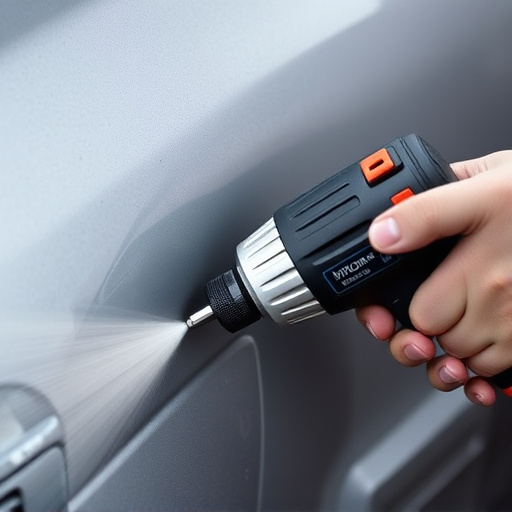
Tesla, a pioneer in electric vehicles and automotive innovation, places a strong emphasis on maintaining exceptional repair quality control across its global service centers. The company’s rigorous processes ensure that every repair, from minor car scratch repairs to extensive vehicle restoration after collisions, meets or exceeds industry standards.
Tesla’s repair quality control involves multiple layers of scrutiny. It starts with trained technicians who are equipped with specialized tools and up-to-date knowledge on the latest automotive technologies. Each repair is documented thoroughly, allowing for meticulous tracking and comparison against original factory specifications. Additionally, Tesla employs advanced diagnostic software to verify the accuracy and effectiveness of the repairs, ensuring every vehicle leaves the shop in pristine condition. This commitment to quality not only guarantees customer satisfaction but also plays a vital role in enhancing car safety, as consistent and precise repairs contribute to maintaining the structural integrity and overall performance of Tesla vehicles.
The Impact on Car Safety: Potential Risks and Benefits
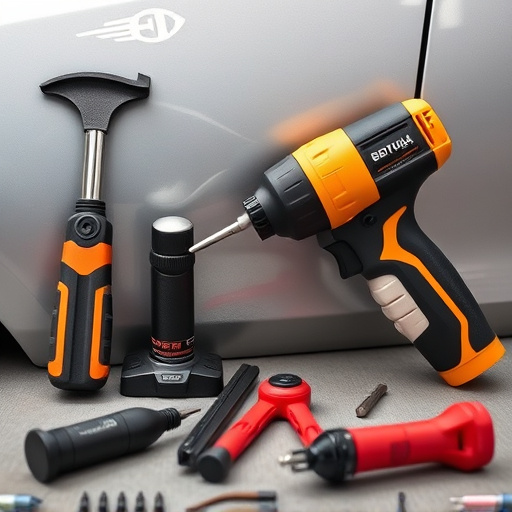
Tesla’s repair quality control processes play a pivotal role in shaping car safety standards, with both potential risks and benefits. On one hand, strict quality control measures ensure that repairs are executed accurately and consistently, using original equipment manufacturer (OEM) parts and advanced techniques. This significantly reduces the likelihood of post-repair issues, enhancing overall vehicle safety and reliability. Furthermore, a well-maintained quality control system can expedite repair times, allowing Tesla owners to get back on the road more swiftly, which is particularly crucial in emergency situations.
However, there’s a flip side as well. Inconsistent application or oversight in quality control could lead to repairs that are subpar or non-compliant with safety standards. This might result in lingering issues or new problems arising from previous fixes, posing potential risks to drivers and passengers. Maintaining high-quality standards across all Tesla repair centers is therefore paramount to ensuring customer safety and fostering trust in the brand’s after-sales services, especially as the electric vehicle (EV) market continues to grow and evolve. The reputation of a brand often hinges on its ability to consistently deliver top-tier car repair services and vehicle restoration work.
Ensuring Consistency: Challenges and Future Prospects for Tesla Repairs
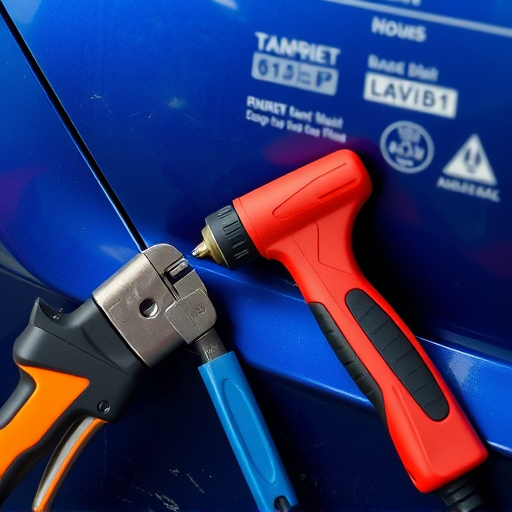
Ensuring consistency in Tesla repair quality control is a complex challenge that the automotive industry faces. As Tesla continues to innovate with new technologies and designs, maintaining uniform repair standards across its global network remains a significant hurdle. The company’s direct-to-consumer sales model and rapid expansion have both contributed to this complexity.
Looking ahead, advancements in technology, such as augmented reality training tools and standardized digital repair manuals, hold promise for enhancing consistency. Moreover, investing in comprehensive training programs for service technicians and implementing rigorous quality assurance checks at every stage of the repair process can mitigate current challenges. Ultimately, these strategies aim to ensure that Tesla vehicles, regardless of their location or the specific repair shop, meet the same high safety standards expected by owners.
Tesla’s repair quality control processes play a pivotal role in ensuring car safety. By meticulously managing repairs, Tesla aims to maintain the integrity of its vehicles’ performance and structural integrity. However, challenges in consistency highlight the need for continuous improvement. As Tesla continues to innovate, adopting standardized quality control measures across all repair centers will be crucial to enhancing customer confidence and overall vehicle safety. This focus on quality control is a game-changer, ensuring that Tesla’s reputation for cutting-edge technology aligns with reliable and safe repairs.
